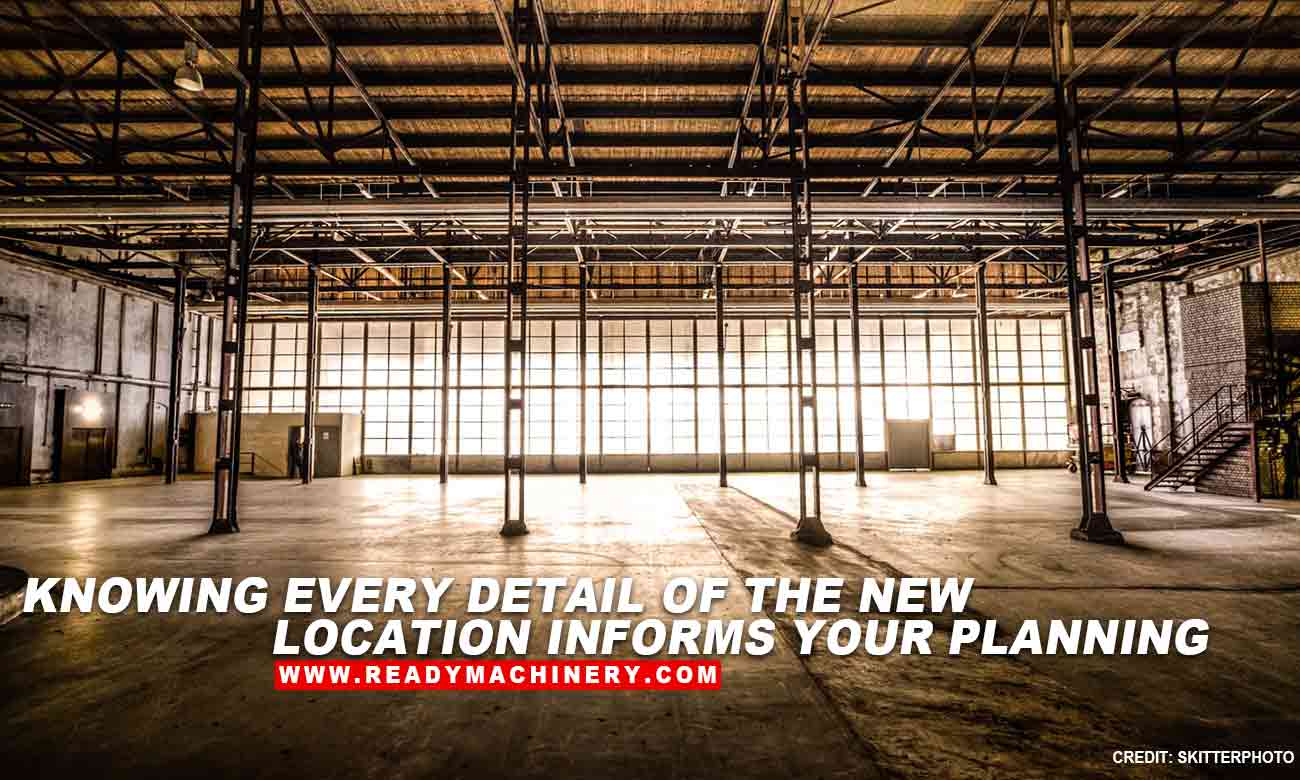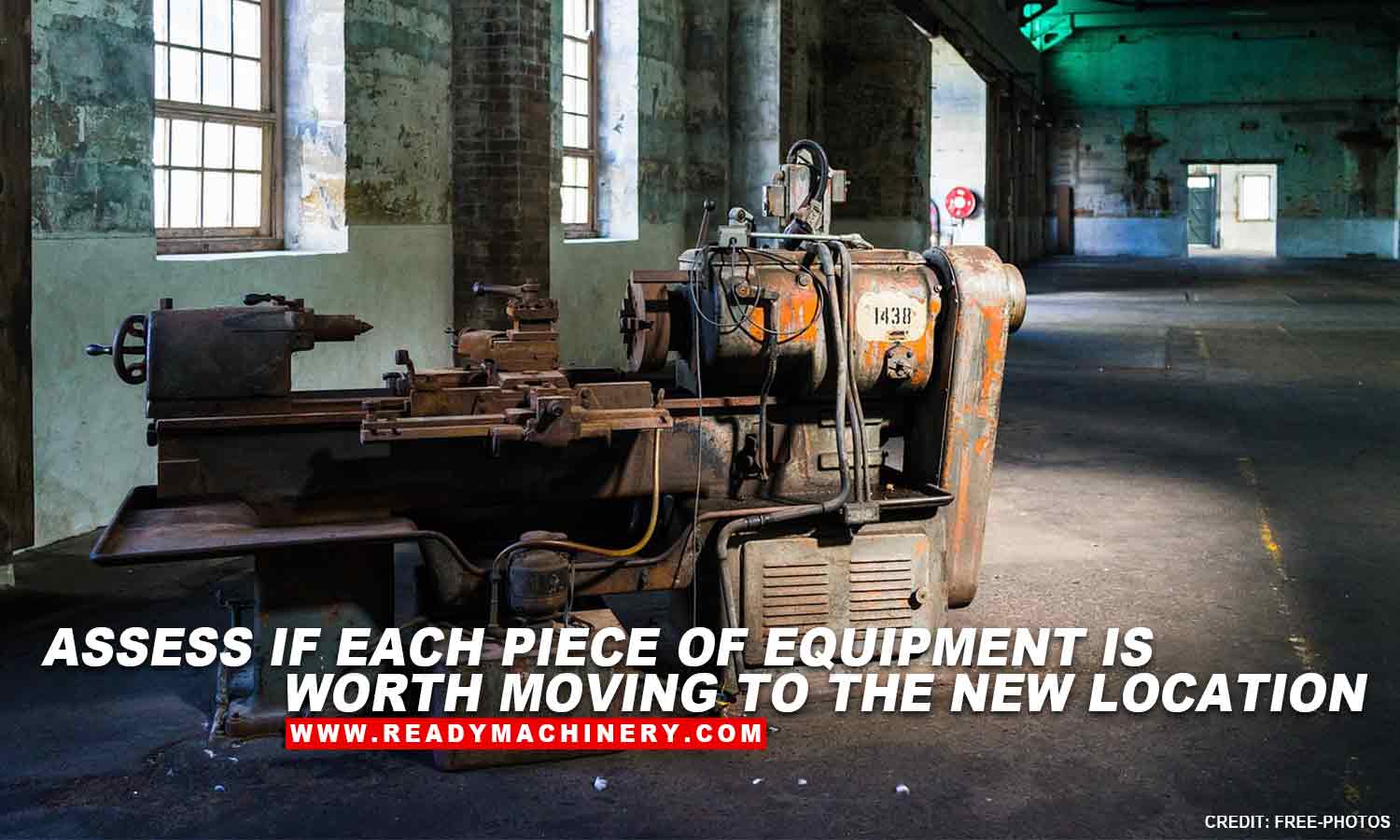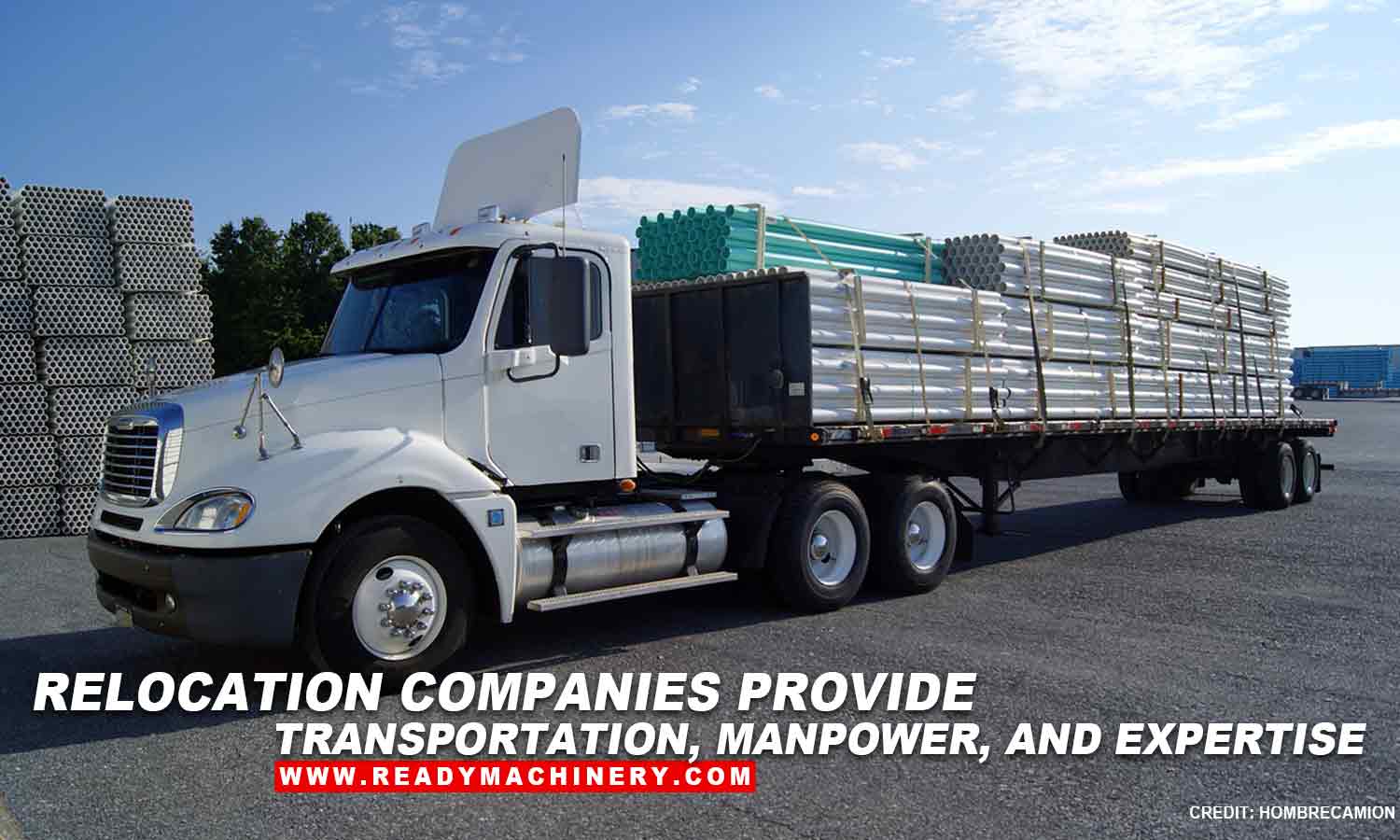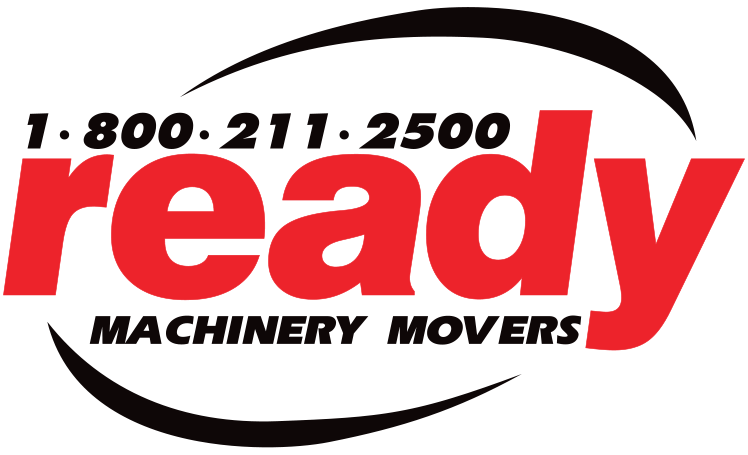Relocating your manufacturing plant is more complicated than simply moving an office. You have heavy machinery and equipment that requires intense planning and preparation. There are technicians, engineers, and other employees that need to assist with the move so customers still receive their orders on time — not to mention the workflow that can get interrupted and cost you thousands of dollars. This type of move requires months of organization and communication. Keeping your relocation within budget is critical, but how can you ensure that happens?
Research different plant relocation companies and stay on-budget with these plant relocation tips.
Create a Schedule with All Departments
This move needs compliance and assistance from every department in your business. Each department head should be part of the relocation planning so they can guide their teams accordingly. If you’re going to be relocating in six months, the sales team may need to adjust the fulfillment times they promise customers. The finance team needs to be able to account for each possible cost that could come up. They’re the ones that will help you set your plant relocation budget and tell you when you’re going over. Human resources needs to know when some workers might need to work overtime to help with the move or stay home a few days when they’re not required.
It’s crucial you create a schedule for the months, weeks, and the days leading up the move so each department can prepare. They also need to know their roles during the relocation process. Mistakes and miscommunications can lead to wasted time and wasted money.

Verify the New Location’s Readiness
You need to know everything about the new facility before you move. If you expect to start working as soon as the machinery arrives, everything has to be ready for you. The facility needs to be set up with electrical and plumbing first. There should be enough electrical jacks to run the machinery. If you overlook these necessities, your workload at the new location could get pushed back. That causes delays in order fulfillment which costs you money.
Consider delegating a manager as relocation operator. Make it their responsibility to ensure the new location is ready in time for your move. That could mean having them make the followup calls so you can focus on other essential aspects of the move. Perhaps they need to secure a second location to store the equipment as you move. It’s common for some companies to use a second location if the move is exceptionally long or complicated. Extra storage space helps you get everything out of the current plant on-time. Relocating a machinery plant is certainly not a one-person operation.
![]()
Use Barcode Tracking
Equipment, tools, and plant supplies can easily go missing during a big move. There are often more items to move than you initially thought. That’s why it’s crucial to use an effective labelling and tracking system. Consider using barcodes on all of your machines, equipment pieces, and boxes. Starting weeks before the move, assign a few people to input the inventory into a barcode software. They should describe each item, list its components, and ideally explain where they should go in the new location. When you start unpacking in the new site, you can scan each item, so the software records that it made it there.
Create a Layout for the New Facility
Making this relocation as flawless as possible takes extreme organization. You should have a detailed plan made of the new facility. This allows you to decide where each machine will go in accordance with the workflow. Your plan should include electrical jacks, exits, windows, and ceiling heights. You want every detail on that plan so that you can feel confident where things should go. Once you have the basic plan completed, have other operators to do a risk assessment on it. They may see problems that you overlooked. Mitigate all the risks before the relocation so the actual days of the move are less stressful.

Make a Packing and Disassembly Guide
Some pieces of equipment will need to be disassembled before relocating. This is a crucial time when things can get lost and thus cause the piece of equipment to not work. When you assign a team to dismantle the equipment, have them create a packing and disassembly guide in the process. This includes listing all the pieces they remove and where they put them. If the parts can’t be stored together, label them with individual barcodes. You may also want to create instructions for putting the equipment back together at the new location. This saves time later if a different team puts that specific piece back together. They can easily check that all the parts are there and follow the instructions to get it up and running.
Account for Recalibration
As you likely know, relocating means some of the machinery will need to be recalibrated when it arrives. The jostling and disassembling removes the settings you’ve created and will need to be redone. Make sure you account for this time on your schedule. If recalibrating one machine will take a full day, don’t plan to include it in your workflow for that day. If you do, you’ll be disappointed to push your orders back a day and thus potentially pay for the delay.

Relocate, Refurbish, or Replace
Before any piece of machinery gets moved, have an engineer inspect it. They should assess the equipment for its value in the new location. If one machine is nearly broken and will undoubtedly break during the move, perhaps replacing it would be more cost-effective than repairing it. There might be a piece of equipment that needs affordable repairs before the move. Assessing it early gives you the time to fix it. It’s also a good idea to record the state of each piece before the move as well as once it arrives. You want to ensure there was no damage caused by the moving company.

Hire a Professional Machinery Moving Company
It’s unlikely that you have all the necessary equipment to move your heavy machinery. That’s why professional relocation assistance companies exist. They can work with your schedule to make the relocation as smooth as possible. These professionals in logistics can stage and store your equipment as you make the move and even ship it overseas. They’ll provide the trailers, tractors, floats, and more to transfer every piece of machinery you have. Plus, they’ll supply the plant relocation movers to help the process go faster. It takes a huge burden off of your shoulders to leave this step to the pros.
Ready Machinery Movers has been relocating plants in Southwestern Ontario since 1982. Our team of highly specialized engineers and technicians have the experience and skills to ensure your equipment arrives at your new location safely, wherever that may be. We specialize in industrial machinery rigging, relocation, and transportation. Whether you’re moving one machine or an entire plant, we’re here for you. To request a quote and learn more, send us a message or call us today toll-free: 1-800-211-2500.
